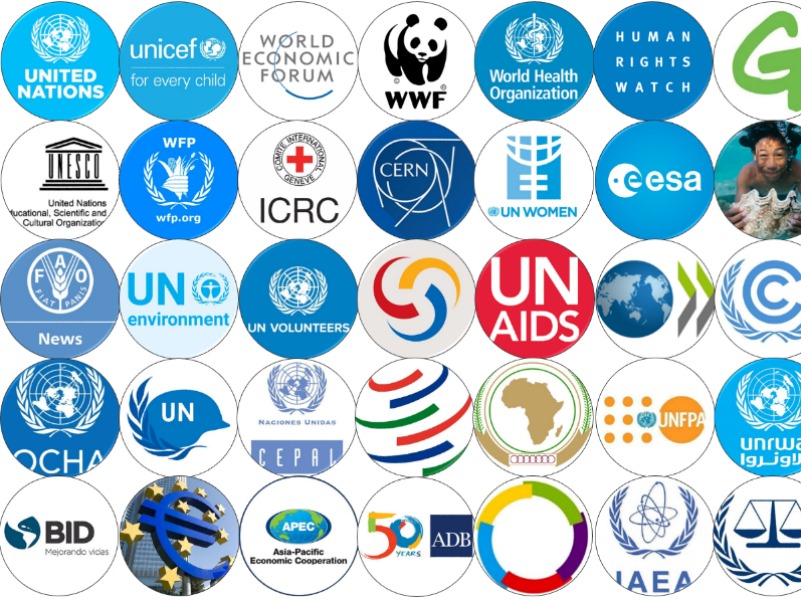Holmes Report 02 Dec 2017 // 11:04AM GMT

The United Nations and UNICEF are the two international organisations most followed on social media, with 16.9 and 16.3 million followers respectively, on all platforms combined, according to Burson-Marsteller’s latest Twiplomacy report. The Geneva-based World Economic Forum is in third place with 10 million followers and subscribers.
The study looked at 97 multilateral organisations and selected non-profit organisations on the six main social media channels: Facebook, Twitter, Instagram, LinkedIn, YouTube and Google+.
The World Economic Forum has by far the largest number of interactions (likes and retweets), totaling 33.5 million interactions over the past 12 months on Facebook, Twitter and Instagram alone. UNICEF is in second place with 25.6 million interactions ahead of Greenpeace, totaling 11.2 million interactions.
“Just as government leaders and global businesses are rapidly increasing their reliance on social media, we also see international organisations dramatically tapping social media’s reach,” said Don Baer, worldwide chair and CEO, Burson-Marsteller. “These organisations are developing creative content tailored for multiple platforms to tell powerful stories that humanize their work and drive real engagement.”
Facebook is becoming the predominant audiovisual platform for international organisations. While only 16 percent of the 72,736 posts published by the international organisations over the past 12 months are native video posts, they have generated 45% of all the total interactions.
The World Economic Forum has made the best use of short videos optimized for mobile devices. The three Facebook posts with the most interactions of any international organisation are all one-minute native video explainers from the Forum which have been watched more than 100 million times.
Twitter is also morphing into a visual network and most organisations attach a photo or a video to each tweet. Five percent of all the tweets included a native video, which generate on average 263 interactions per tweet, representing 12% of all interactions. Only 5% of all tweets analyzed are plain text updates.
UN Secretary General, António Guterres is by far the most effective tweeter of the 74 leaders of international organisations, averaging 1,092 retweets per tweet, although he is not the most followed. Personal Twitter accounts of leaders tend to have the best overall interaction rate, which is calculated by the number of interactions divided by the number of posts and the average number of followers over the past 12 months.
The Twitter account of @TheEconomist is the most followed by international organisations ahead of The New York Times, the BBC and Reuters. Helen Clark, the former United Nations Development Programme administrator, former U.S. President Barack Obama and Bill Gates are the three most followed personalities.
Almost three quarters of the 97 international organisations studied have active profiles on Instagram, which is the visual platform of choice. An ever-growing number of organisations are now sharing daily Instagram stories. "I am amazed to see how many international organisations are posting daily stories on Instagram, which disappear after only 24 hours," said Matthias Lüfkens, managing director, digital, at Burson-Marsteller EMEA. "Visual storytelling has been completely revolutionized by Snapchat and Instagram."


































.jpg)

















